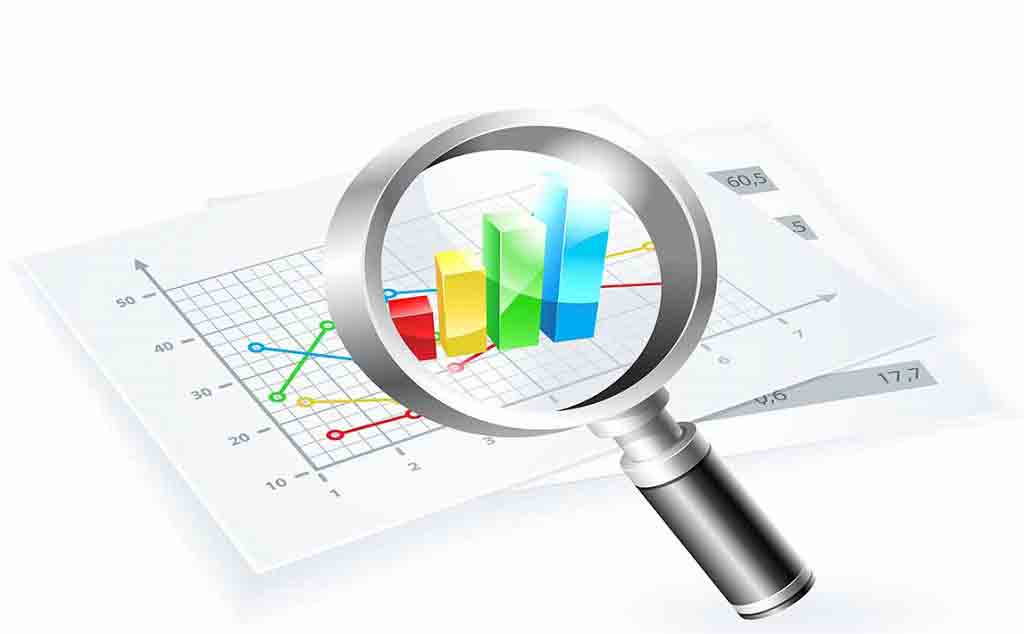 Civil Engineering with Computer Application | Electronics and Computer Science | Robotics & Artificial Intelligence |
Civil Engineering with Computer Application | Electronics and Computer Science | Robotics & Artificial Intelligence |
Important Documents For Admission (2025 - 2026)
 Civil Engineering with Computer Application | Electronics and Computer Science | Robotics & Artificial Intelligence |
Civil Engineering with Computer Application | Electronics and Computer Science | Robotics & Artificial Intelligence |

Everyone today is not much acquainted with the use of data, analytics and interpreting results. The outbreak of COVID-19 has left people with plenty of time to try their handson different skills. One of the skills being “Analytical”. With the availability of a large amount of free time even the general public has turned into armchair analysts, using their time in practicing these analytical skills.
The perfect example of this would beMedia Industry which thrives to put forth startling headlines to grasp people’s attention. And so, to grab this attention they are ready to showcase any type of news just to achieve more clicks. This has left us with a ripe atmosphere perfect for speculation about the scenario COVID is creating.
The points below will help understand how an analyst fall into trap that distorts the reality of the data thus leading to analytical malpractices.
Defining the Source
At the basic level, the source of data and the way it is collected plays a very vital role in reaching to the correct results. To understand this let’s take an example of people dying of Covid-19. One would collect data of people those died of the virus with a positive report. And on the other hand, a person might collect data of people who exhibit symptoms similar to Covid-19 and died, where no test was conducted.
No doubt the research will yield us number of deaths but both of the results will differ as the definition of the term “COVID-19 DEATH” differs in both the cases. So, basically, it is very essential to define the term which is being analyzed.
BeingClear with the Assumptions
All models that exist, comes with their own sets of assumptions. If one needs to understand the trend of the COVID-19 spread, it is likely to assume few things based on ones perceptions. While on the other side, some other person studying the same model is most likely to have a different set of assumptions.
This difference in the assumption set for the same problem will yield to trends that are actually not present. So, one has to have a clear picture towards the assumptionswhile designing and building the model.
Clarity with the Sample Design
Any typical study involves collecting data from a sample of population. It is always advised to clearly decide the sampling design or the methodology so as to whether the results can be generalized and if yes then up to what extent.
Context needs to be Clear
One needs to be confident enough while communicating any figures. The figures offered should be lucid plus accompanied by adequate context. One must not get carried away only by reading the headlines instead digging deeper into the context of data offeredis advisable, so as to make sure that the reality and headlines are conveying the same thing.
Above mentioned points are very necessary to remember when one wants to jump into the arena of Analytics. Pursuing a Master’s Degree with specialization in “Business Analytics” could help to learn the blend of Business with Analytics and start the career as Business Analyst, Market Research Analyst or even Data Scientist.IIMR is offering a Dual Specialization Master of Business Administration (MBA) Programme in HR, Marketing, Finance, IT, Productions and Business Analytics. MBA in Business Analytics is for all those who wish to develop their career in the most demanded field of Analytics. Institute focuses on developing the analytical skill by giving an hands-on training on various tools like R Programming, Data Visualization through Tableau, Analysing data with Python Programming and many more.
Ms. Dimple Sukhija
Assistant Professor
IIMR, Indore